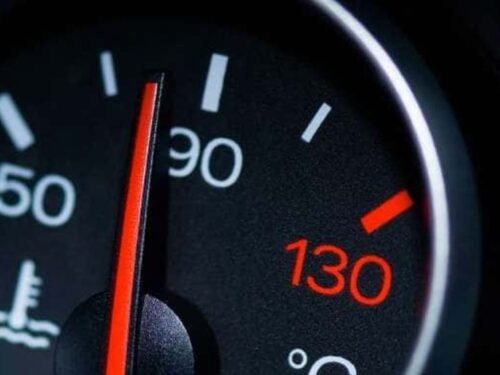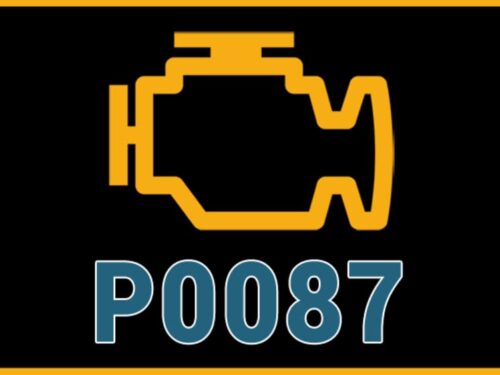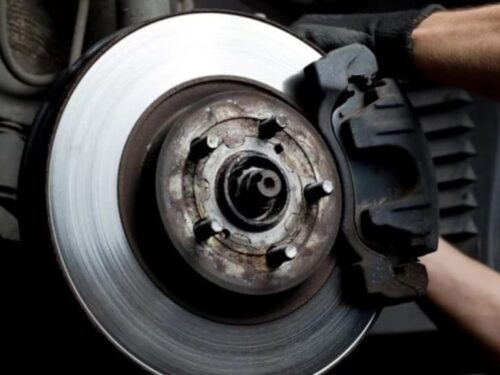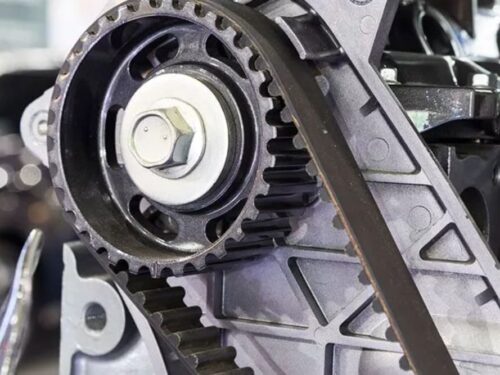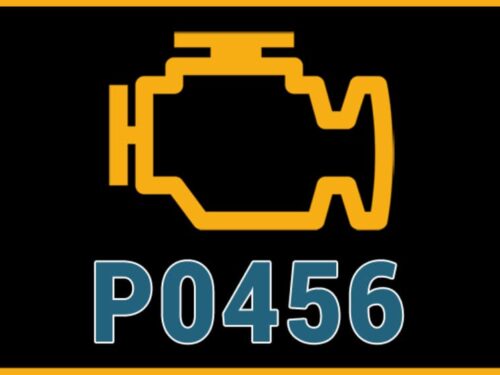
Shocks and struts are an essential part of a vehicle’s ability to operate smoothly and safely. However, tire rotation is the process of changing the position of each of the four tires on a vehicle. For vehicle owners, regular tire rotation is an essential part of regular maintenance. It will extend tire lifespan and improve the safety of your vehicle overall. The following are benefits associated with including tire rotation in your ongoing maintenance routine.
INCREASED LONGEVITY
Tires at the front axle of your car wear differently than those at the rear axle. Proper rotation will extend the life of your tires by ensuring that they are all bearing an even amount of wear and tread over time. Distributing the amount of wear on all four tires evenly will prevent two of them from wearing down more quickly than they should. Badling driven tires also do not grip the road as well as those with appropriate tread. They can also waste energy by spinning excessively and failing to transfer proper rotation into propulsion. Tire rotation improves grip bringing the less-worn tires to the front and improving contact with the road. Additionally, the faster tires wear, the thinner they become, which makes them more susceptible to a blowout. This can cause serious damage or even an accident, so it is important to schedule regular tire rotations with your local mechanic.
IMPROVED GAS MILEAGE
Since tire rotation contributes to reducing uneven wear and tear on tires, it works to improve gas mileage. Uneven wear can increase tires’ rolling resistance, which is the force needed to get the tire rolling from a stopped position. The more resistance the car experiences, the more fuel it will burn. Low rolling resistance means less force is needed to move the tire, which then means less fuel consumption. If you are looking for a way to improve your car’s gas mileage, scheduling regular tire rotations is a great way to both keep your tires in good shape and spend less at the pump.
LONG-TERM SAVINGS
Car owners know that tires can be expensive. That is why having your tires rotated regularly is a critical part of cost-efficient vehicle maintenance. If some of your tires wear down faster than they are supposed to, you may have to replace them much sooner than you would have needed to otherwise. A tire rotation does not usually cost much, and it certainly costs less than replacing one or more of your tires. Tires that are never rotated at all may last for about 50% of their potential lifetime, meaning you will most definitely have to pay to replace them more often than you would have had they been properly rotated. Since uneven tread wear can lead to damage to other parts of the car or even an accident, which can be extremely costly, it is better to err on the side of caution.
BETTER HANDLING
Vehicles that are operating on worn-down tires, whether at the back or front, are at increased accident risk. One set of tires with less tread than the other set can cause an imbalance that leads to reduced control over the vehicle. Tires with uneven wear can also cause vehicle vibration, which is especially noticeable in the steering wheel. Properly rotated tires have a uniform tread depth across all four tires, which helps with braking and accelerating and contributes to a smoother, safer, more comfortable ride overall.
SIGNS YOUR TIRES NEED ROTATING
There are a few major signs that your tires need rotating, regardless of when you last had them checked out, including:
- Vibration – If you are noticing an unusual level of vibrating while driving, it could be a sign of uneven wear. Vibration can be a symptom of a range of vehicle issues, so it is important to have a mechanic take a look.
- Air Pressure – If your tires are losing air for no apparent reason, the culprit may be tire wear. The tire that is losing pressure is not necessarily the one with uneven wear, so be sure to check them all. It is possible in these scenarios that the tire losing pressure is making up from the other tire that is in poor condition and supporting more of the car’s overall weight. Check all four tires and schedule an appointment with your local auto repair garage as soon as possible.
- Visibly Uneven Wear – All tires wear down. However, tires that are properly cared for and rotated regularly wear uniformly. If you can tell by examining your tires that they appear to be wearing unevenly, it is probably time for a rotation.
HOW OFTEN TO ROTATE TIRES
Tires wear at different rates depending on whether the vehicle is all-, rear- or front-wheel drive. The driven wheels do more work and are therefore more susceptible to wear. For example, a front-wheel drive car uses the front wheels to brake and steer while simultaneously bearing the weight of a front-mounted engine and transaxle. It is recommended that drivers have their tires rotates by an auto technician approximately every 3,000 to 5,000 miles or six months. This may vary depending on your specific make and model. Whenever you take your car in for an oil change, ask your mechanic to check whether they need rotating.
Courtesy of hollenshades



